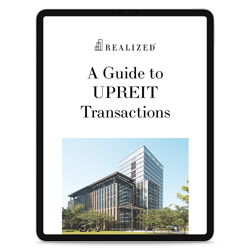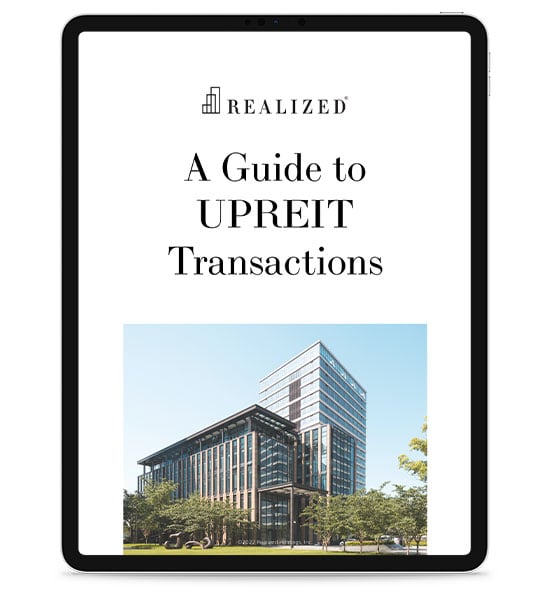
There are numerous attractions to real estate for investors—potential appreciation, tax advantages, and sometimes passive income. Individual REIT shareholders can effectively gain access to commercial property they would not be able to afford on their own, and can do so without day-to-day interaction with tenants and some of the other quotidian tasks often associated with direct property ownership.
How Do REITs Operate?
Real Estate Investment Trusts came into view beginning in 1960 and have grown more widespread in the intervening years. Some are privately offered but registered with the SEC, while others trade on securities exchanges and are more widely available. Finally, there is a third type with limited availability accessible only to accredited investors due to the higher risk and limited disclosures.
One advantage of the REIT structure is that the trusts operate as pass-through corporations, meaning that they do not pay federal income taxes as long as they meet these requirements:
- At least 75 percent of the REIT's income is generated from real estate or related activities. Some REITs focus on property while others buy mortgages or debt obligations. Some hold both.
- A minimum of 75 percent of the trust's assets is in real estate.
- A REIT must distribute a minimum of 90 percent of its taxable income to the shareholders.
- The trust must have at least 100 shareholders.
- A REIT cannot have fifty percent or higher ownership held by five or fewer investors.
The shareholders pay taxes on the income they receive from the REIT and may consider holding those REIT shares in a retirement account with deferred tax recognition.
How Can a REIT Be Captive?
A captive REIT is one controlled by a single company. Often, the REIT is a subsidiary of a larger organization, and an example might be the real estate division of a corporation with a wide footprint of branch operations. If the parent company complies with the REIT rules, the captive REIT can capture some beneficial tax advantages for the overall organization.
One of the requirements, as noted, is that the REIT must have at least 100 investors or shareholders. Since the captive REIT is a subsidiary of the parent corporation, the parent may name executives as shareholders to meet this requirement. In addition, if the parent pays rent to the REIT, which as a subsidiary owns the properties, the rent payments may be business expenses that are tax deductions for the parent.
In return, the REIT subsidiary earns income that it pays to the executive shareholders (effectively to the parent company) as dividends. Those are not taxable income to the parent corporation. Some individual states have made efforts to limit this tactic in order to preserve their access to revenue.
Can I Invest in a Captive REIT?
An outsider (someone who is not an executive in a company using the captive REIT strategy) could indirectly invest by buying shares in a corporation that has a REIT as a subsidiary. Still, an investor would be unlikely to pursue such a narrowly focused approach to selecting investment targets.
This material is for general information and educational purposes only. Information is based on data gathered from what we believe are reliable sources. It is not guaranteed as to accuracy, does not purport to be complete and is not intended to be used as a primary basis for investment decisions. All investments have an inherent level of risk. The value of your investment will fluctuate with the value of the underlying investments. You could receive back less than you initially invested and there is no guarantee that you will receive any income. REITs receive special tax considerations and typically offer investors high yields, as well as a highly liquid method of investing in real estate. There are risks associated with these types of investments and include but are not limited to the following: Typically no secondary market exists for the security listed above. Potential difficulty discerning between routine interest payments and principal repayment. Redemption price of a REIT may be worth more or less than the original price paid. Value of the shares in the trust will fluctuate with the portfolio of underlying real estate. Involves risks such as refinancing in the real estate industry, interest rates, availability of mortgage funds, operating expenses, cost of insurance, lease terminations, potential economic and regulatory changes. This is neither an offer to sell nor a solicitation or an offer to buy the securities described herein. The offering is made only by the Prospectus.



